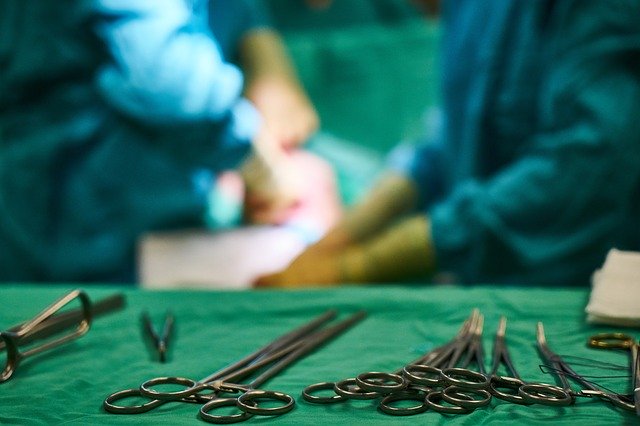How Are Drill Rig Companies Are Responding to the COVID-19 Pandemic?
 Much like other industries, drill rig companies are not immune from the fallout of the COVID-19 pandemic. With respect to a report made by Reuters, the industry response to the drastic slump of energy prices and plummeting demand for oil and natural gas includes rolling out intermittent health checks for critical staff to help in ensuring that oil rigs, refineries, pipelines, and many other similar vital infrastructure will have sustained manpower to run and operate.
Much like other industries, drill rig companies are not immune from the fallout of the COVID-19 pandemic. With respect to a report made by Reuters, the industry response to the drastic slump of energy prices and plummeting demand for oil and natural gas includes rolling out intermittent health checks for critical staff to help in ensuring that oil rigs, refineries, pipelines, and many other similar vital infrastructure will have sustained manpower to run and operate.
Alongside this, major players in the industry, particularly those that are involved in oil and natural gas production are putting pressure on people in power and authority to suspend or waive for the time being a few regulations that are obviously creating an adverse impact to the industry as a whole. This would include those regulations that concern environmental safety and the workplace.
Drill Rig Companies: What are the Repercussions of the Pandemic to Oil and Gas Industry?
On a worldwide scale, the virus is to blame for more than 8,720 deaths. With this, oil refineries and drill rig companies will not be able to operate if there is no manpower to deploy on onsite teams. Since they are usually put in close quarters, it further increases the risk for a localized outbreak of COVID-19.
In the Marathon oil refinery, which has its base in California, only a single confirmed case of coronavirus was reported. This has prompted the company to have potentially exposed workers to be offsite.
While it is a relief to know that as of this moment not a single energy facility in the country was forced to shut due to the pandemic, the vast majority of these drilling rig firms are putting on their respective contingency plans, just in case. For instance, Royal Dutch Shell requested their Louisiana refineries salaried staff to start shadowing hourly plant operators to anticipate learning fast how to run units, just in case they will need to.
Meanwhile, Exxon management would only let highly trained and skilled operators gain access to control rooms at its Houston, Texas, Baytown plant, instructing them also to maintain social distancing at 6 feet away from each other.
There are also a handful of oil drill rig companies that are taking into account delegating small crews to help out in keeping their refinery plants running even when there is an ongoing outbreak. Those workers are not supposed to have their exit from the affected facility but only after the lapse of the outbreak.
Energy Drill Rig Companies Are Demanding Regulatory Waivers and the Suspension of the Jones Act
Even when shale drillers suffered a big blow from declining prices of energy, these companies are adamant in saying that government bailout is not exactly what they want to have at the moment. What they are seeking instead is an effort to push for the suspension of the Jones Act as a way to help in alleviating shipping costs related to processing and bringing their product offerings to the public for consumption.
How Are Drill Rig Companies Are Responding to the COVID-19 Pandemic? Read More »



